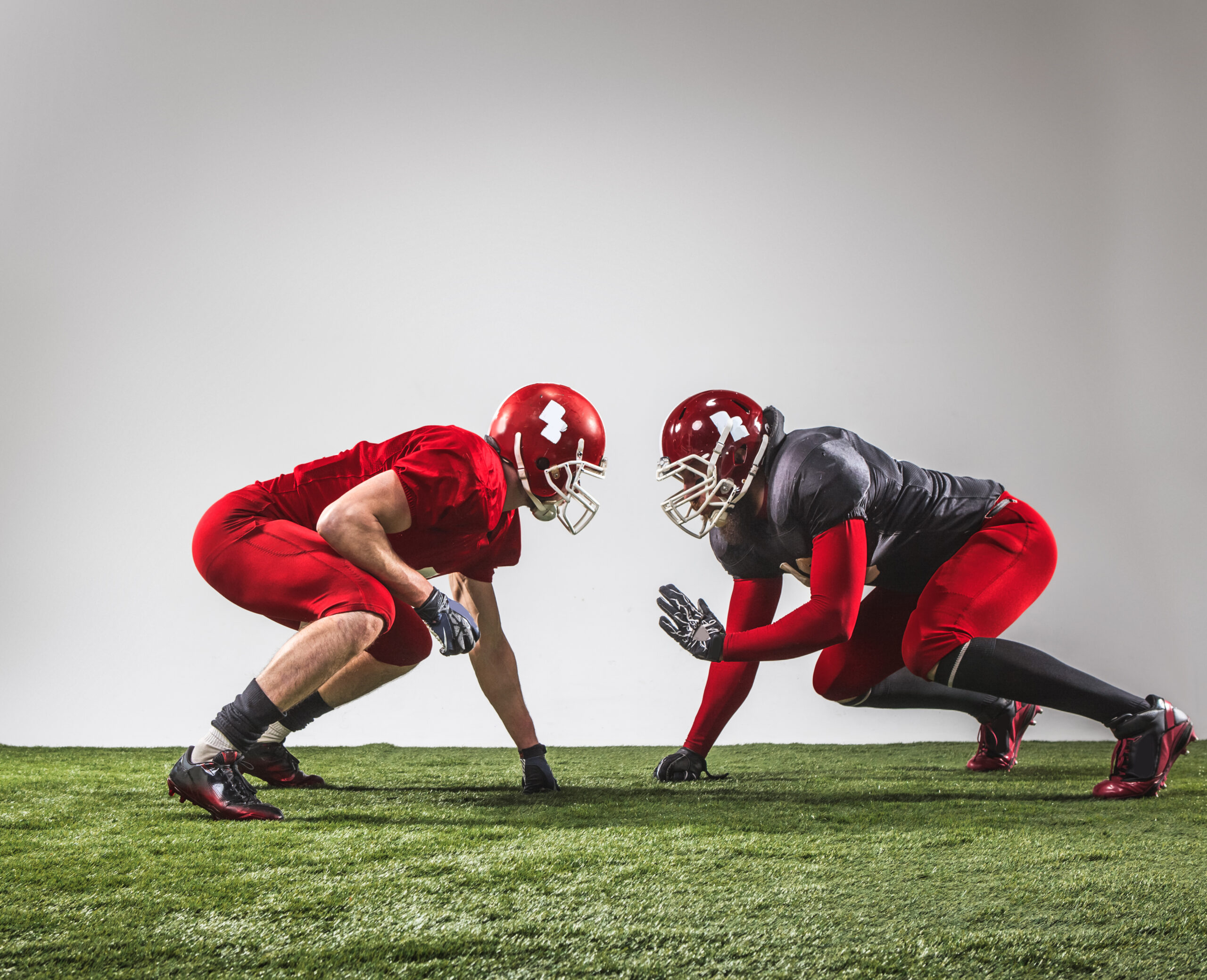Introduction
In the dynamic world of sports, where every millisecond and every ounce of performance improvement matters, the role of technology has become increasingly vital. Sports Technology Labs have emerged as game-changers, allowing athletes to push their boundaries and achieve unprecedented levels of excellence. This comprehensive guide delves into the transformative impact of sports technology labs on athlete performance, unraveling the innovative tools and techniques that are revolutionizing the sports industry.
The Evolution of Sports Technology Labs
Sports Technology Labs are the result of the marriage between sports and cutting-edge technology. The journey began with basic biomechanics analysis and rudimentary fitness tracking devices, but has since evolved into a sophisticated ecosystem of data-driven solutions.
In the past, athletes relied on their coaches’ expertise and their own intuition to improve performance. Now, the integration of sensor technologies, wearable devices, virtual reality (VR), and artificial intelligence (AI) has ushered in a new era of data-driven training and performance enhancement.
Tools Transforming Athlete Performance
- Wearable Sensors and Fitness Trackers: Wearable devices like fitness trackers, heart rate monitors, and GPS units provide real-time insights into an athlete’s performance. These devices track metrics such as heart rate variability, sleep patterns, distance covered, and even the force exerted during specific movements. This data helps athletes and coaches optimize training regimens, prevent injuries, and fine-tune recovery strategies.
- Biomechanics Analysis: Motion capture technology and biomechanics analysis enable coaches to dissect an athlete’s movements with incredible precision. This information allows for the identification of inefficiencies in technique and the subsequent development of more effective movement patterns. Whether it’s a golfer’s swing or a sprinter’s stride, biomechanics analysis guides targeted improvements.
- Virtual Reality (VR) and Augmented Reality (AR): VR and AR technologies immerse athletes in simulated environments, offering opportunities to practice and refine skills without the constraints of physical limitations. From practicing high-pressure situations to visualizing complex plays, these technologies enhance cognitive training and decision-making capabilities.
- Data Analytics and Artificial Intelligence (AI): The marriage of data analytics and AI has enabled the extraction of valuable insights from vast datasets generated during training and competition. AI algorithms can identify patterns, correlations, and trends that might escape human observation, allowing for personalized training plans and in-depth performance analysis.

Revolutionizing Training and Performance
- Personalized Training Programs: Gone are the days of one-size-fits-all training plans. Sports technology labs facilitate the creation of personalized training regimens tailored to an athlete’s unique physiological characteristics and performance goals. This individualized approach optimizes results while minimizing the risk of overtraining or injury.
- Injury Prevention and Rehabilitation: By continuously monitoring an athlete’s biomechanics and physiological data, sports technology labs can provide early warnings of potential injury risks. Coaches and medical staff can then adjust training loads, modify techniques, and implement targeted rehabilitation plans to keep athletes in peak condition.
- Real-time Feedback: Instantaneous feedback during practice sessions enhances skill acquisition and refinement. Athletes can adjust their technique based on real-time data, expediting the learning process and reducing the time required to master intricate skills.
- Performance Enhancement: The meticulous analysis of an athlete’s performance data uncovers opportunities for improvement that were previously hidden. Whether it’s shaving fractions of a second off a sprint time or increasing accuracy in a basketball shot, technology-driven insights push the boundaries of what athletes can achieve.
Challenges and Considerations
While sports technology labs offer unparalleled advantages, several challenges must be navigated:
- Data Privacy and Security: Athlete data, often highly personal and sensitive, must be safeguarded against breaches and misuse.
- Integration and Adaptation: Integrating new technologies into established training routines requires seamless adaptation to prevent disruptions.
- Cost and Accessibility: State-of-the-art technologies can be expensive, potentially limiting access for athletes and teams with fewer resources.
- Human Expertise: Technology is a tool, not a replacement for experienced coaches and trainers. A balance between data-driven insights and human intuition is crucial.

The Future of Sports Technology Labs
As technology continues to advance, the potential for sports technology labs to elevate athlete performance becomes even more promising. Then is a regard into what the future might hold
- Biometric Enhancements: Implantable biometric devices could provide even more accurate and real-time performance data, revolutionizing how athletes and coaches make decisions.
- Neurofeedback and Mental Training: Technologies that monitor and enhance an athlete’s cognitive processes could lead to breakthroughs in mental training and performance optimization.
- Predictive Analytics: AI-driven predictive models might anticipate an athlete’s performance trajectory and suggest optimal training strategies to achieve peak results.
- Virtual Reality Competition: Athletes could compete virtually, transcending geographical barriers and making sports more accessible to a global audience.
Conclusion
Sports Technology Labs are rewriting the rules of athlete performance enhancement. From wearables to VR, data analytics to AI, these labs are transforming the sports landscape. While challenges exist, the potential benefits are undeniable. As technology continues to evolve, athletes and sports enthusiasts can eagerly anticipate a future where boundaries are pushed, records shattered, and new levels of excellence achieved, all thanks to the ever-expanding capabilities of sports technology labs.








